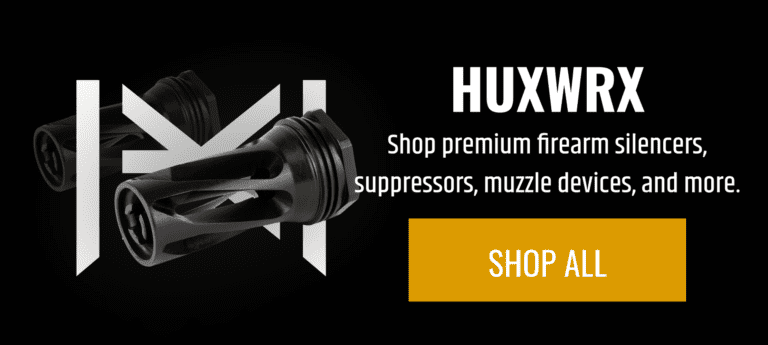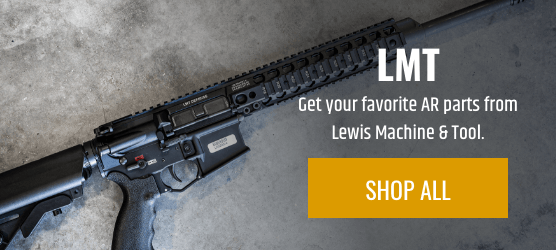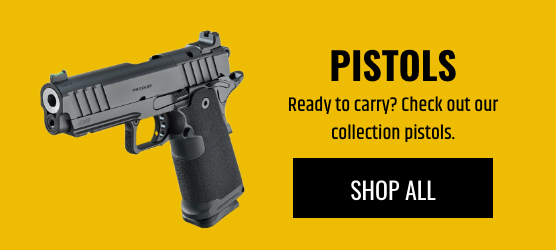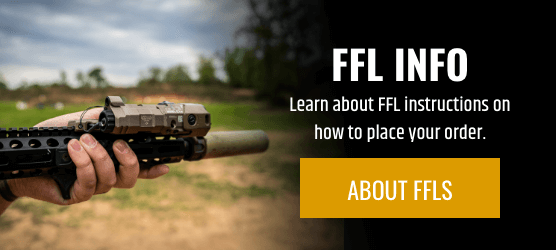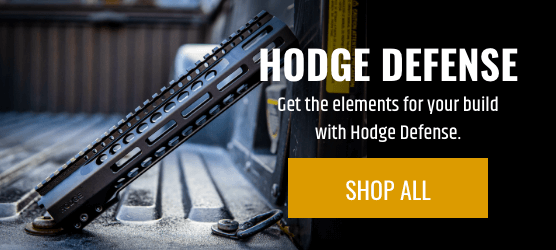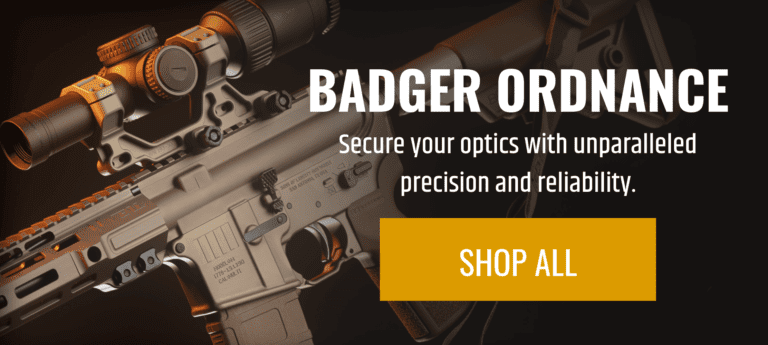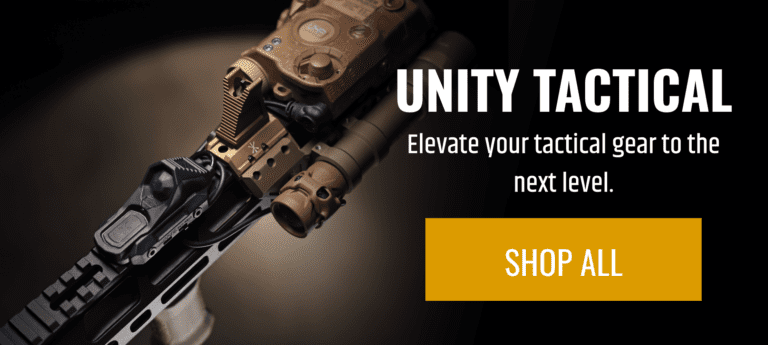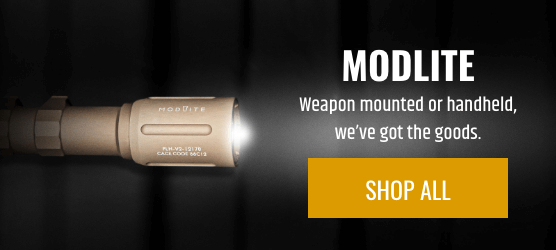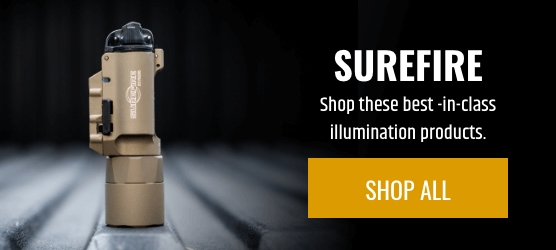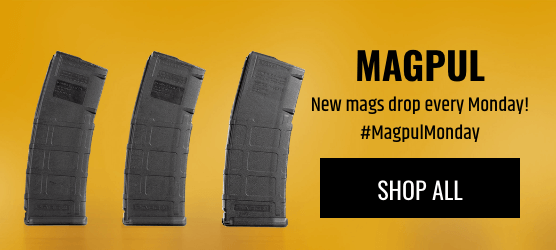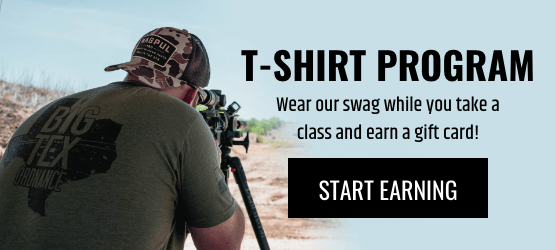

Modern Samurai Project Red Dot Pistol AAR
2/22/2020 | Chris Norville
Modern Samurai Project Red Dot Pistol
I recently attended a Red Dot Class taught by Scott Jedlinski, also known as Jedi, owner of Modern Samurai Project. Scott is a relative newcomer to the training industry, but he has developed a well-deserved reputation as the red dot guru. I have listened to him talk about his philosophy of training on podcasts and YouTube and the like, so when I learned that he was coming to Nashville, I eagerly signed up.
The class began with the usual introductions. Scott gave his bio, in which he stresses that he is a lifelong martial artist. This factors strongly into how the class is structured and executed. The class participants also introduced themselves. It was revealed that we had a few LEOs, a couple of military guys, some competitive shooters, and several armed citizens with normal day jobs. There were also a wide range of experience levels with running a red dot pistol, from several years to basically just bought one. We also had a brief discussion on gear. While we cannot buy skill, in the context of using a dot gun for serious purposes, gear does matter. Scott discusses the various dots that are currently available and his experiences with them.
We started the class with a discussion on zeroing of the dots.
Scott is well known for zeroing his dot at ten yards. While some try to create controversy over the zero distance, I feel this is largely a waste of time (as are most internet arguments). Scott explained the reason for his preference of zero distance and made a well-reasoned argument for his choice. We then went through a zeroing exercise using Scott’s methodology and then confirmed that the difference at distance was negligible. Prior to this portion of class, I freely admit I had some misunderstanding about Scott’s zeroing method. After seeing it put into action, I realize that his methods have some outstanding things going for them.
Scott’s take on stance is based on body mechanics, stemming from his martial arts background. His thoughts could be summed up as, “the body does what the body does.” People tend to do strange awkward things with a gun in hand that we would never do in any other athletic venture. We as the shooter should strive to work with what the body does naturally and not do something completely unnatural. The class began adjusting their individual stances and judging the benefits of those changes by watching the dot in recoil. In this manner each student could find their individual best stance based on data instead of feelings.
The grip is the basis for all pistol shooting because it is the only interface we have with the gun. Scott’s explanation and reasoning for the grip he uses is based on performance as always. The grip as taught helped the student acquire the dot consistently and predictably on the presentation. The inability to find the dot seems to be a common problem with some, especially those new to the dot. Using Scott’s presentation and grip this is not a problem if done as demonstrated.
The way the hands are joined helps to lock the grip in place and helps the shooter mitigate and recover from recoil. This action can be described in several ways, which I had heard Scott describe before on podcasts. However, Scott had a unique way of physically demonstrating to the students how the technique should be executed. This simple demo caused several light bulb moments among the students.


After working through the proper grip and stance, we moved to the draw. The variations of the draw from appendix as well as traditional belt mounted position were discussed. The class discussed and compared the different ways to perform the draw from various hand positions. There are several different set-up positions for the hands commonly taught, especially for AIWB. We discussed several hand positions within the context of not only speed of presentation but also real-world defensive applications. Scott gave his preferences for different hand positions and the reasons for each one. He explained why some worked better than others and then pointed out that a person should be capable of drawing from more than one set-up because they could have different applications based on context.
While some people are dismissive of the need for a fast draw in a defensive context, my training and study lead me to agree with Scott. While a person may not need a sub-second draw, the less time it takes to get a gun out in a defensive encounter, the more time there is likely to be to solve the problem. Scott presented a few examples from recent shootings to help illustrate this point. The commonly quoted statistic is that the “average” gunfight is 3 seconds. Whether that time frame is accurate or not, we can easily see that the quicker we can get a gun into our hands, the sooner we can influence the outcome of the fight.
As we progressed further into the shooting drills, Scott explained how to get the most efficiency out of each exercise based on each shooter’s performance. Prior to the class I had heard that Scott gave each student individual attention and coaching during the class. I was curious how that was feasible. Having attended and taught numerous classes over the years, I know that is a very hard task to manage. I can report that the reviews I had heard prior to class were, if anything understating the truth. Not only did Scott review every target after drills were done, but he constantly walked the line providing coaching and corrections to each individual. This is not only the mark of a good instructor but also someone who truly cares that his students get better.
All throughout the class, the goal was obviously to make each individual shooter better than he was when he arrived. This class like some others that I have attended was entirely about student performance. The application was largely irrelevant for the purposes of this class. Scott pointed out that he gets labeled a competitive shooter, but you only need to listen to what he says to realize he is defensive minded first and foremost. My impression was that the competition was used to drive improvement in skills. Everything was done with an eye toward measurable improvement, not just what felt better or faster.
There were a few concepts that were brought into class, that on the face are competition oriented. These concepts could be loosely described as variations of body mechanics and body positioning, again working within the parameters of what our bodies do naturally, to give us the best results. Whether shooting a stage at a match or shooting to defend ourselves against a lethal threat, we still want to solve the problem quickly. Shooting with the greatest efficiency we are capable of, allows us to get the work done as soon as possible. The overall theme of the class is better through efficiency not Herculean effort.
The other standout teaching point was the instructional methodology. The student was taught a technique, they then practiced the technique, then they performed it under pressure. If we can perform a skill under pressure, then we are on the path to owning that skill. The reader may have noticed throughout this narrative that I have been vague concerning some of the techniques that we were taught. This was not an oversight on my part. For one, I am not sure that I would be up to the task of relaying some of these concepts solely through the written word. More importantly, though, I do not wish to steal another instructor’s thunder and give away his secret sauce. The simplest solution to this dilemma would be for you to take one of Scott’s classes. If you have a red dot pistol, I would highly recommend you take Scott’s class. I know of no greater recommendation than to say that I look forward to training with Scott again.




